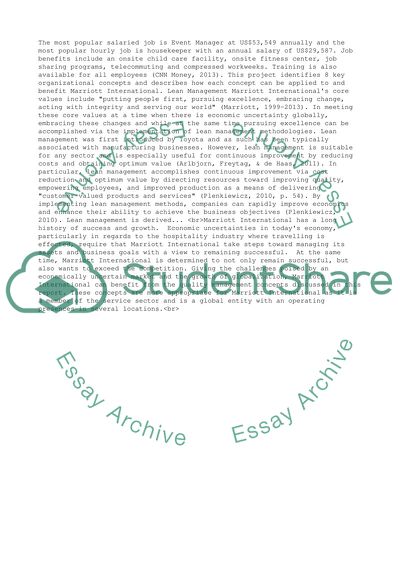Cite this document
(“Integrative Learning: Marriott International Research Paper”, n.d.)
Integrative Learning: Marriott International Research Paper. Retrieved from https://studentshare.org/management/1491181-integrative-learning-marriott-international
Integrative Learning: Marriott International Research Paper. Retrieved from https://studentshare.org/management/1491181-integrative-learning-marriott-international
(Integrative Learning: Marriott International Research Paper)
Integrative Learning: Marriott International Research Paper. https://studentshare.org/management/1491181-integrative-learning-marriott-international.
Integrative Learning: Marriott International Research Paper. https://studentshare.org/management/1491181-integrative-learning-marriott-international.
“Integrative Learning: Marriott International Research Paper”, n.d. https://studentshare.org/management/1491181-integrative-learning-marriott-international.


